
By Team Sanjog
04 November 2014
Compensate Victims – Status of access to state victim compensation schemes by survivors of human trafficking in India, 2022 Report
The findings of the study will inform stakeholders in the Anti–Human Trafficking ecosystem in designing programs to strengthen systems of justice and aid collaborative solution-building in order to develop an accessible, intersectional, and survivor-centric system of justice in India.
Read More
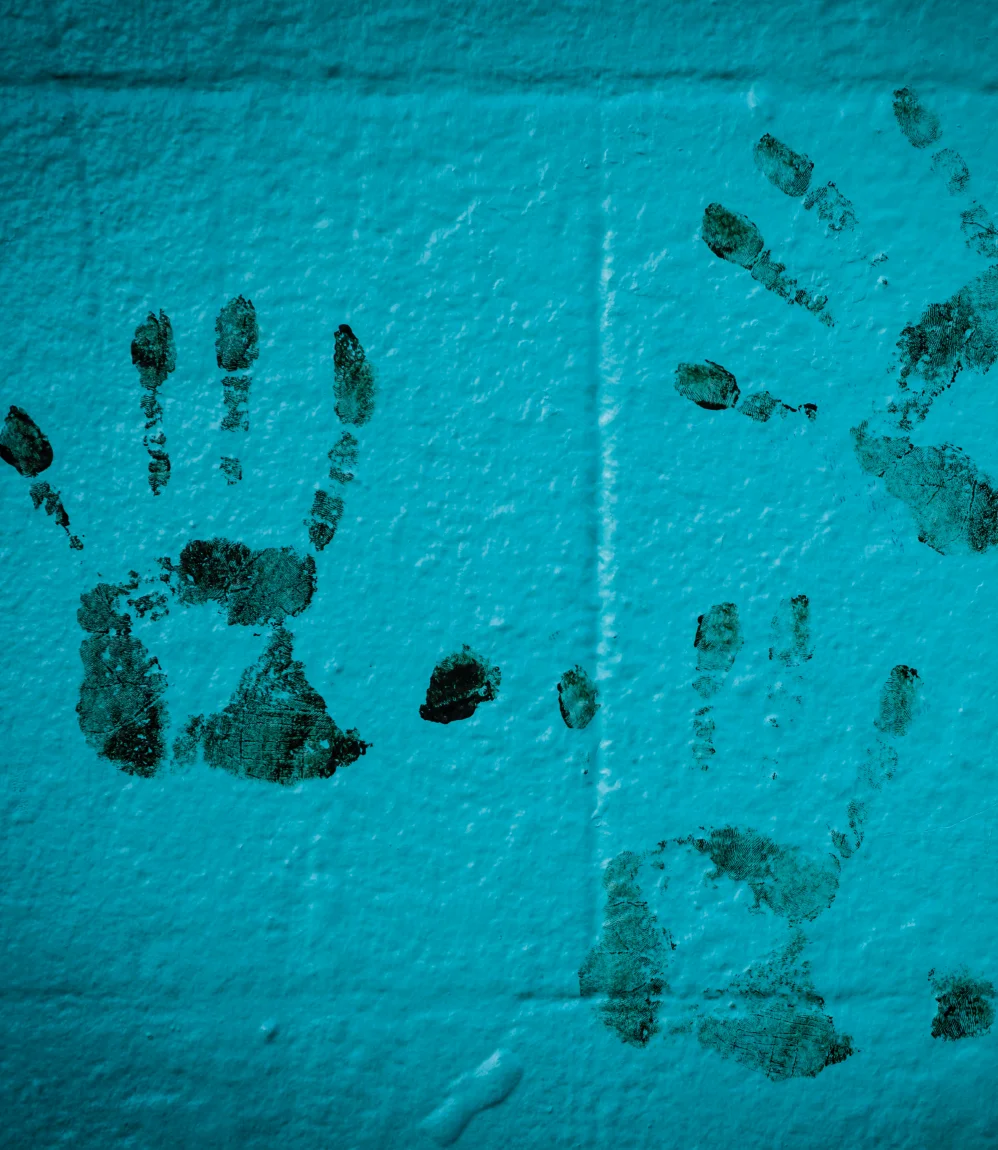
By Team Sanjog
04 November 2014
AHTU Watch – A National Study on the Status of Anti Human Trafficking Units in India (2010 – 2019)
In April 2006, the Central Government of India, through the Ministry of Home Affairs in partnership with the United Nations Office on Drugs and Crime took up a project on
Read More
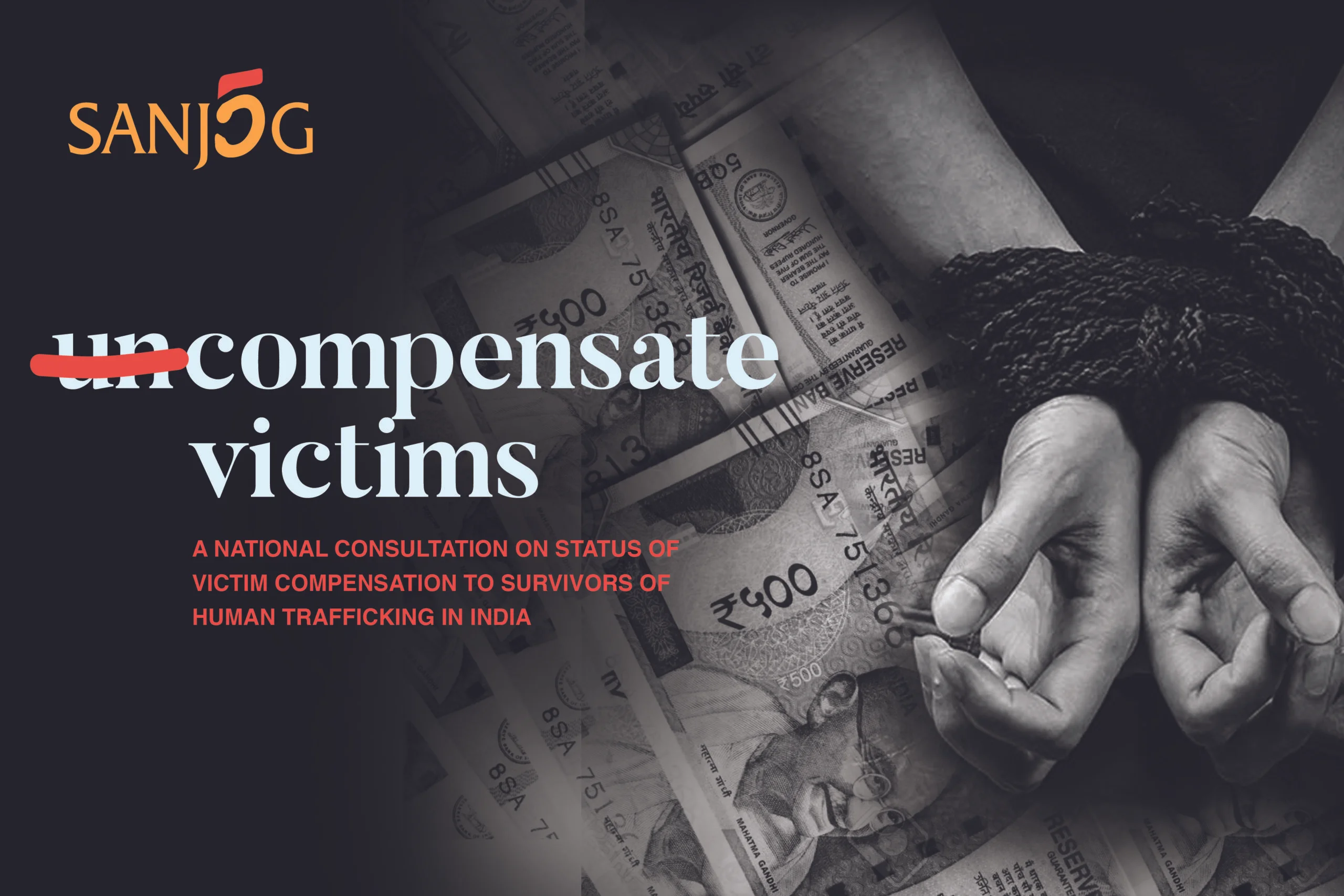
By Team Sanjog
04 November 2014
National Status of Victim Compensation for survivors of Trafficking in India
This study on the status of victim compensation for survivors of trafficking inIndia is a result of curiosity, inquiry and a diligent four year long study by ateam of lawyers, social workers, activists and researchers.
Read More
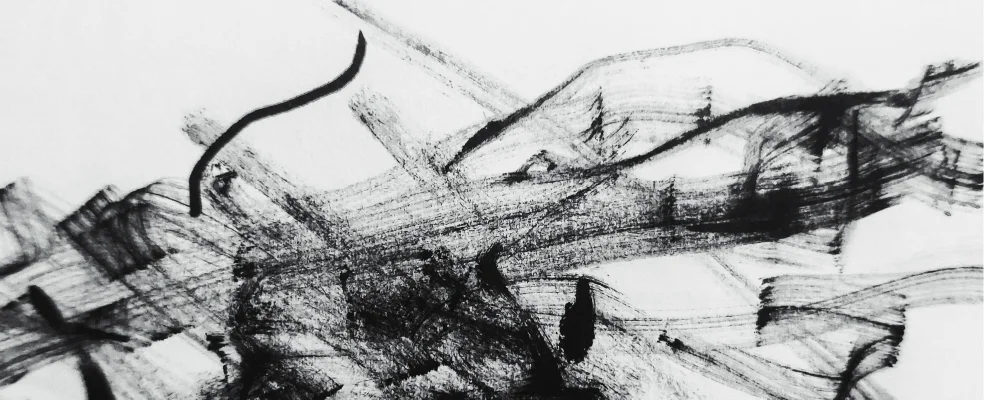
By Team Sanjog
04 November 2014
Stigma Watch
tigma Watch is a psycho-social study designed and undertaken by Sanjog to explore the understanding and experiences of stigma that survivors of sex-trafficking confront and report.
Read More

By Team Sanjog
04 November 2014
Choices. Chances. Changes.
The stories of leadership of survivors of human trafficking are often just heard as stories- hardly ever as demands or needs to create a conducive environment for human beings to live.
Read More
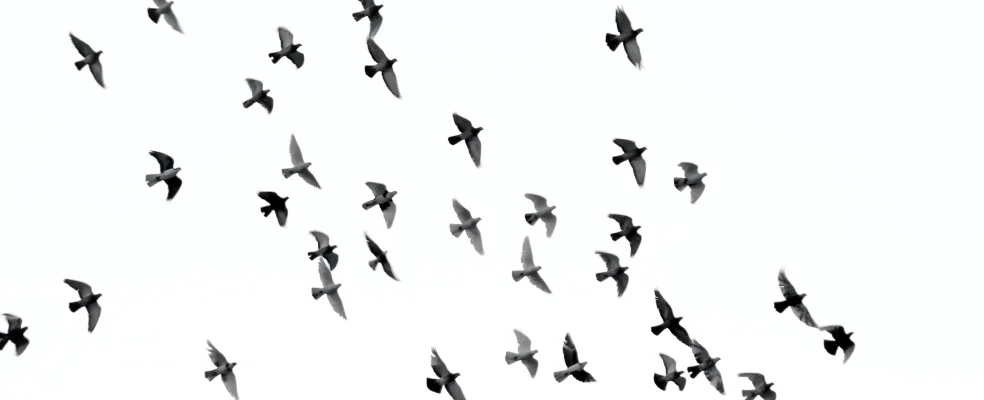
By Team Sanjog
04 November 2014
Bringing it all back home
Bringing It All Back Home is a research study of great perseverance and keen observation of the lives of girls who were reunited with their families after having been trafficked for sex work.
Read More
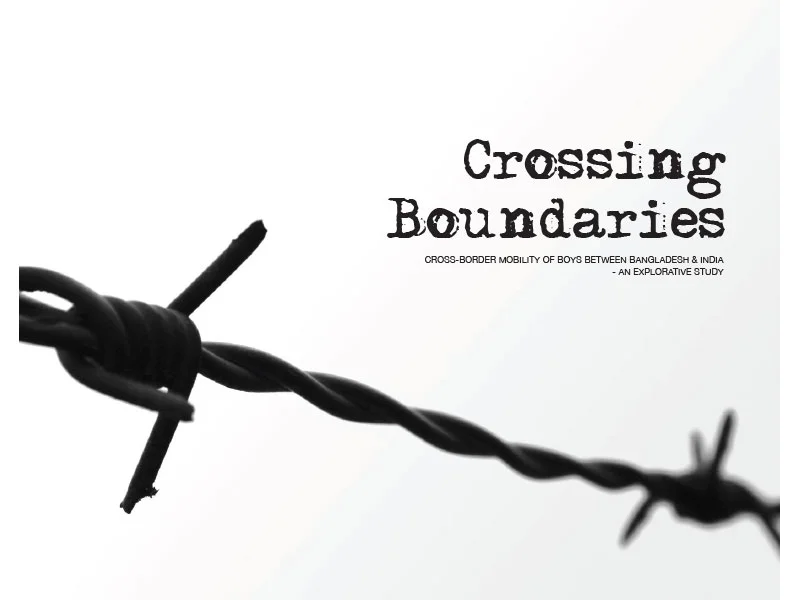
By Team Sanjog
04 November 2014
Crossing Boundaries
Cross border mobility in children and adolescents between Bangladesh and India is usually recorded from the perspective of trafficking, with particular focus on sex trafficking in girls.
Read More
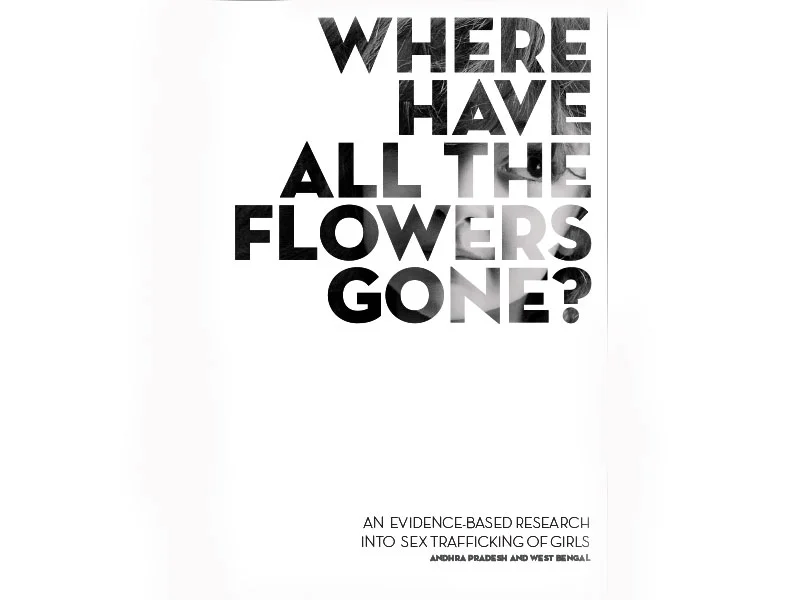
By Team Sanjog
04 November 2014
Where Have All The Flowers Gone?
Where have all the Flowers Gone – is an evidence-based research which draws on the experiences of an anti-trafficking case management programme working in Andhra Pradesh and West Bengal.
Read More
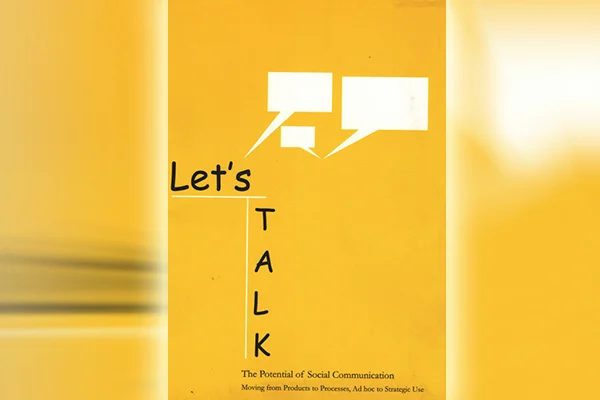
By Team Sanjog
04 November 2014
Let’s TalK – The potential of Social Communication
Study implemented by ORG Centre for Social Research in West Bengal and A C Nielsen in Bangladesh (both divisions of The Nielsen Company) In a rights-based context, communication is at the heart of child protection programming,
Read More
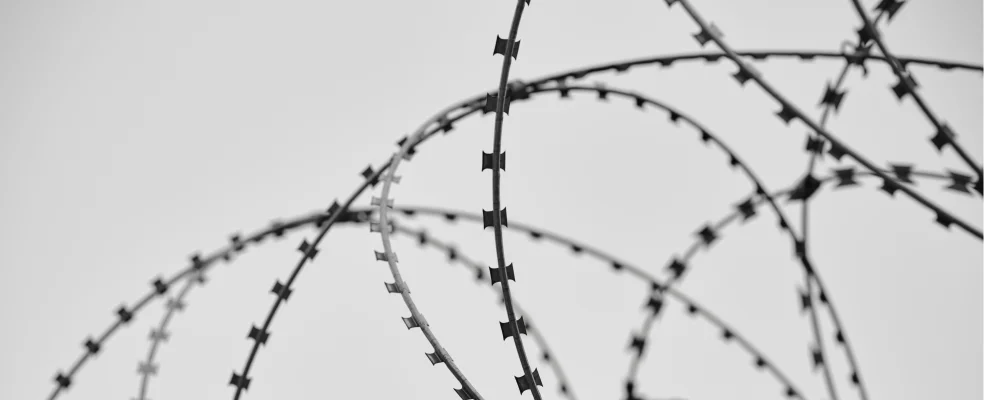
By Team Sanjog
04 November 2014
Perilous passages: migration, mobility and child protection issues in Malda, West Bengal
In Malda, one of the poorest districts of West Bengal, migration, triggered by poverty and legitimized by social practice, is a ubiquitous phenomenon.
Read More
